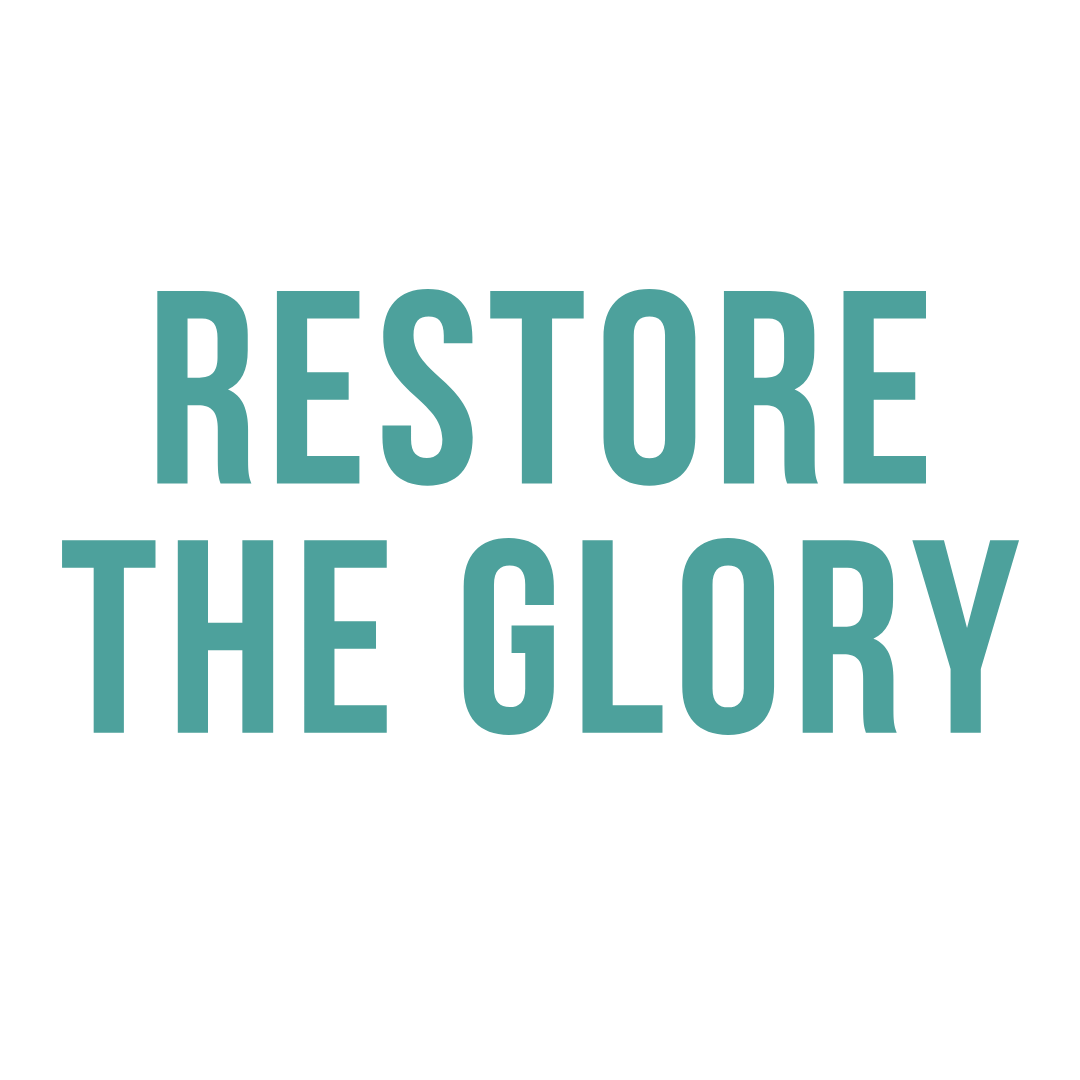Episode 7: Theology of the Body & Healing | Part 5 (Union of Man & Woman)
Bob and Jake continue the series on the Theology of the Body (TOB) and healing by focusing on the idea of “original unity” and how the relationship between men and women was intended, how it’s wounded, and how it’s restored.
Show Notes
Guiding Scripture
The Lord God said, “It is not good for the man to be alone. I will make a helper suitable for him.” (Gen 2:18)
Key Points
We can interpret the Scriptures through the history of the fall, which changes the intended meaning
The word helper is used to describe woman and the Holy Spirit
Whatever is received is received according to the mode of the receiver (see Resources)
There’s always a story behind someone’s reaction
The relationship between male and female was intended to be an icon that mirrors the relationship in the Trinity
We evaluate the relationship between male and female by looking at the Trinity whose image we bear
It’s not good to be alone
We experience echos of life before sin
Before the fall, men and women weren’t in opposition to each other
Almost all wounding (and healing) comes from and through relationships
The “curses” in Genesis 3:16-19 are the effect of falling from God and the loss of complementarity (God doesn’t curse, we curse ourselves).
We look to get from each other what we’ve been cut off from
Healthy men and women make healthy marriages which make healthy families and kids while wounded men and women make wounded marriages and wounded families/kids
“The language of faith thus draws on the human experience of parents, who are in a way the first representatives of God for man. But this experience also tells us that human parents are fallible and can disfigure the face of fatherhood and motherhood. We ought therefore to recall that God transcends the human distinction between the sexes. He is neither man nor woman: he is God. He also transcends human fatherhood and motherhood, although he is their origin and standard: no one is father as God is Father.” (CCC 239)
Brokenness started with a couple (Adam and Eve) and restoration starts with a couple (Mary and Joseph)
We can use our redeemed imagination to experience healing
We can’t detect every movement or healing action of God
Practical Application
When you are triggered, ask yourself, “What’s the story behind this trigger? Where did I learn this? What does this remind me of? When have I felt like this before?”
Reflect on times in your life when everything was right, you knew you are loved and connected. These are like windows into the experience of original unity and life before the fall.
How do you relate to others? Do you generally relate to give life or get life? How can you receive from God what you are grasping at from others?
Imagine the love St. Joseph has for Jesus and Mary. Put yourself in his home in Nazareth and notice his safety, goodness, and strength. Ask him to love you like that.
Imagine the love Mary has for Joseph and Jesus. Put yourself in her home in Nazareth and notice her love, gentleness, safety, and joy. Ask her to love you like that.
Resources
“Quidquid recipitur ad modum recipientis recipitur. Cf. Summa Theologiae, 1a, q. 75, a. 5; 3a, q. 5. In the Summa Theologiae, 1a, q. 12, a. 4, a more specific application of this principle is proposed in terms which say that “a thing known exists in a knower according to the mode of a knower.” Cogitum…est in cognoscente secundum modum cognoscentis. For further references, see Summa Theologiae, q. 14, a. 1, ad 3; q. 16, a. 1; q. 19, a. 6, ad 2; Summa Contra Gentiles, 2, 79, 7; De Veritate, q. 2, a. 3.” (Link to Article)
The Invisible Man (movie)

